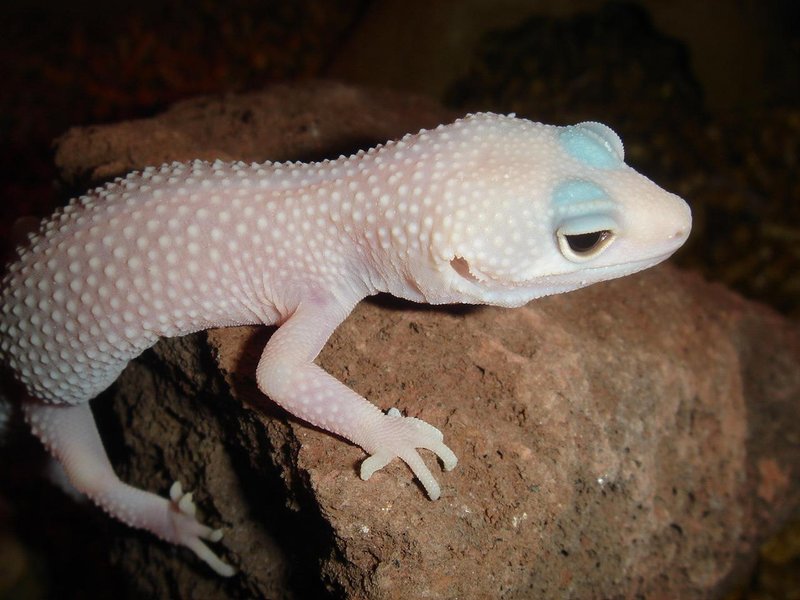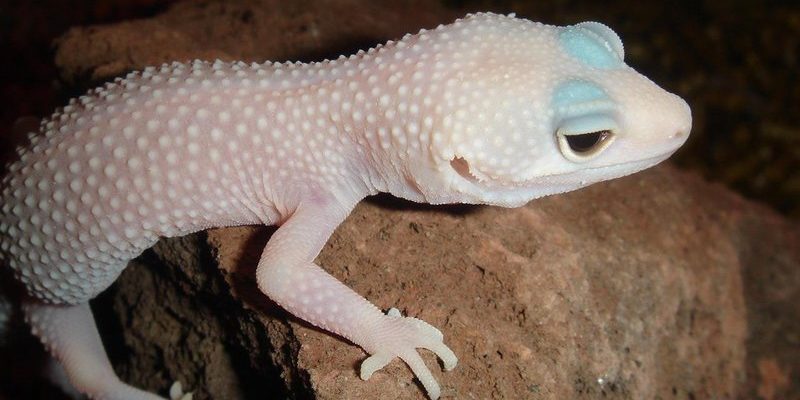
You might imagine leopard geckos like vibrant little jewels scattered across their native habitats, which stretch from the sandy deserts of Afghanistan to the rocky terrains of India. Unfortunately, just like any beautiful treasure, they face threats. Whether it’s habitat destruction, the pet trade, or climate changes, these charming reptiles are encountering challenges that could impact their populations. But don’t worry; conservation efforts are underway to ensure they keep thriving in the wild.
Understanding the Status of Leopard Geckos
To determine if leopard geckos are endangered, we first need to take a closer look at their status in the wild. The International Union for Conservation of Nature (IUCN) categorizes species according to their conservation status. Surprisingly, leopard geckos are listed as “Least Concern,” meaning they aren’t currently facing a high risk of extinction.
However, “Least Concern” doesn’t mean they’re completely safe. Their populations in the wild are affected by various factors. Habitat destruction is a major threat. As urban areas expand and agriculture spreads, leopard geckos lose their natural environments. For instance, think of it like losing your backyard—a place to play, hunt, and relax. It’s crucial to keep their habitats intact so these little creatures can continue to thrive.
Threats to Leopard Geckos
You might be wondering what exactly poses a threat to leopard geckos. Here’s a breakdown of the most significant issues:
- Habitat Loss: Urban development and farming practices continuously encroach on the gecko’s natural habitats, leading to fragmentation and loss of living space.
- Illegal Pet Trade: While these geckos are popular in the pet market, the illegal collection for the pet trade can drastically affect their wild populations.
- Climate Change: Changes in temperature and weather patterns can alter the ecosystems that leopard geckos depend on for food and shelter.
Each of these threats adds up, making it essential for conservationists to act. Picture a delicate balance; if one part is disrupted, the whole system can wobble. Keeping this balance intact is crucial for the survival of leopard geckos in the wild.
Conservation Efforts for Leopard Geckos
Now that we understand the threats, let’s explore the conservation efforts in place to help protect leopard geckos. Various organizations and wildlife enthusiasts are working tirelessly to ensure these reptiles have a bright future.
One key effort focuses on habitat preservation. By protecting natural areas where leopard geckos thrive, we can provide safe havens for them to live and reproduce. Initiatives often include buying land to keep it wild or restoring damaged habitats. Imagine planting trees to create a forest that gives shelter to the animals within. Every little bit helps!
Another big area of conservation involves raising awareness. Educating the public about the plight of leopard geckos is vital. This means sharing information about responsible pet ownership and the dangers of supporting the illegal pet trade. When people understand the impact of their choices, they can make better decisions that positively affect these reptiles’ survival.
The Role of Pet Owners in Conservation
If you own a leopard gecko or are considering getting one, you might be wondering how you can contribute to conservation efforts. Honestly, pet owners play a crucial role in the protection of the species. Here’s how:
- Choose Responsibly: Always buy from reputable breeders who prioritize humane practices and adhere to regulations. This helps reduce demand for illegally sourced animals.
- Educate Yourself: Understanding your gecko’s natural behaviors, diet, and habitat needs allows you to create a suitable environment at home, reducing stress on your pet and enhancing its well-being.
- Spread the Word: Talk to friends and family about the importance of protecting leopard geckos and their habitats. Your voice can inspire others to join the cause.
By being responsible and informed, you become a part of a larger movement aimed at conserving leopard geckos and the ecosystems they represent.
Community Involvement and Collaboration
Conservation isn’t a solo effort; it requires a community of dedicated individuals, organizations, and local governments working together. Initiatives often bring together various stakeholders to create effective strategies for protecting leopard geckos.
For example, community-led campaigns can spring up, where local residents gather to clean up habitats and promote awareness about the threats leopard geckos face. These grassroots movements can make a significant impact. Imagine a community picnic that turns into a conversation about conservation—every small effort counts!
Moreover, research plays a pivotal role in conservation. Scientists track leopard gecko populations, study their habitats, and monitor the effects of climate change. This data is crucial for forming policies that protect these lizards and their environments effectively. It’s like having a health check-up for the ecosystem—knowing what’s wrong helps in finding the right solutions.
Looking Ahead: The Future of Leopard Geckos
So, what does the future hold for leopard geckos? The outlook varies, but there’s a sense of hope. With ongoing conservation efforts and greater public awareness, there’s potential for populations to stabilize or even grow.
Improved habitat protection, thoughtful legislation, and community engagement will be essential. If we all play our part—whether it’s spreading knowledge or advocating for policy changes—we can ensure these beautiful creatures continue to roam the deserts and rocky terrains they call home.
In summary, while leopard geckos are not currently endangered, they do face threats that could impact their populations. Conservation efforts are essential, and everyone can contribute to making a difference. With a little awareness and action, we can keep these vibrant reptiles thriving for generations to come. So, whether you’re a pet owner or simply someone who appreciates the beauty of nature, remember that every effort counts towards protecting our planet’s wildlife.

